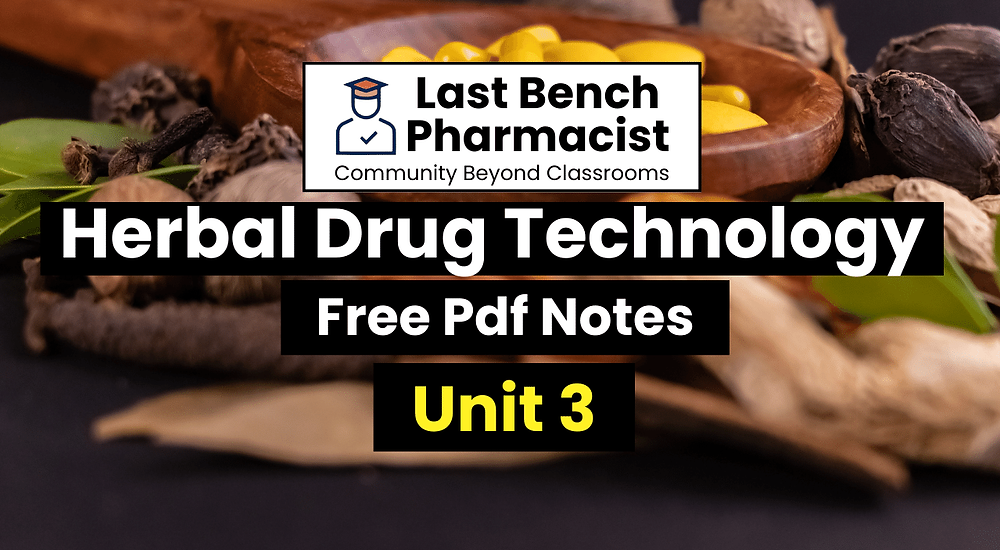



#bpharmnotes #bpharmherbaldrugtechnology #bpharmpdfnotes
B Pharm Herbal Drug Technology Unit 3 PDF Notes throws open the doors to the enchanting world of herbal cosmetics! Forget harsh chemicals and synthetic fragrances; here’s where nature’s bounty meets beauty science to create products that pamper both skin and soul. Imagine transforming soothing aloe vera into a hydrating face mask or harnessing the cleansing power of neem for a gentle yet effective skin wash. We’ll be exploring the diverse array of plants used in cosmetics, delving into their traditional uses and uncovering the science behind their effectiveness. You’ll become a detective of sorts, identifying the active ingredients hidden within leaves, flowers, and roots, and understanding how they interact with your skin. But it’s not just about pretty potions; we’ll also delve into the safety and quality aspects of herbal cosmetics, ensuring you become an informed advocate for sustainable and ethical practices. So, grab your metaphorical mixing bowl (or at least a t-shirt that says “Nature’s Beauty Alchemist”), unleash your inner green kosmetikos, and prepare to be amazed by the science that brings nature’s touch to your daily routine.
Herbal Cosmetics
Sources and description of raw materials of herbal origin used via, fixed oils, waxes, gums colours, perfumes, protective agents, bleaching agents, antioxidants in products such as skin care, hair care and oral hygiene products.
Herbal excipients
Herbal Excipients – Significance of substances of natural origin as excipients – colorants, sweeteners, binders, diluents, viscosity builders, disintegrants, flavors & perfumes.
Herbal formulations
Conventional herbal formulations like syrups, mixtures and tablets and Novel dosage forms like phytosomes